Story by Megan Jansson
Students and faculty in the Colorado School of Public Health at CSU have stepped up to help their community during the coronavirus pandemic. They jumped into action to help analyze data and research, develop talking points and communication strategies to best inform the public, form policy ideas, implement those policies, conduct contact tracing and provide guidance and support to people impacted by COVID-19.
Student volunteer work
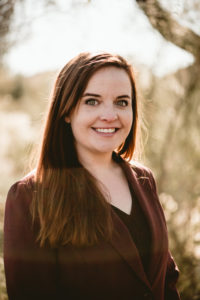
Master of Public Health epidemiology students Brooke Gallagher, Nikki Johnson, Caitlin Langmead, Samantha Loh and Elizabeth Morris have all been volunteering with the Larimer County Department of Health and Environment (LCDHE) since mid-March. When they started this work, there was only one presumptive positive case in Larimer County.
“In those first few days, we researched best practices for isolation and quarantine and helped create deliverables for use in the health department,” Morris said. “I was able to help out at the Joint Information Center and answered phone calls from Larimer County residents.”
The students have also been helping the LCDHE team call people who test positive for COVID-19 and research best practices for essential organizations and businesses around the community. The case investigations involve contacting individuals who have tested positive and collecting information that will help the team better understand how COVID-19 is spread, to try to keep more people from becoming sick. Contact tracing involves speaking with individuals who have come into close contact with a person who is suspected of having or has tested positive for COVID-19.
“We want to notify them of their exposure, if they are unaware, and make sure they follow proper quarantine guidelines,” Loh said.
Alternate locations for patients
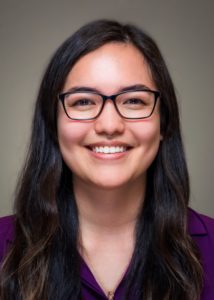
Langmead has also been involved in searching for suitable buildings in Fort Collins that could serve as a place for hospitals to offload patients who need less critical care and can’t go home right away, to allow beds to be turned over faster at the hospitals and reduce surge. She has also been looking for an isolation location for people experiencing homelessness who test positive and need to self-isolate away from their typical sheltering situations. For instance, if they are living with a large congregation of people, an isolation location would be needed to avoid spreading the disease during their infectious period of seven to 10 days after they start exhibiting symptoms.
“It has been an incredible experience,” Langmead said. “While of course no one wanted a pandemic like this to happen, I am very grateful that I got the opportunity to use my public health education and my passion for emergency management to help serve my community.”
Johnson’s volunteer work has focused on case interviewing, contact tracing, monitoring of individuals under isolation orders, and helping create interview forms, spreadsheets and epidemiological curves.
“I’ve learned a lot about how quickly things happen and change in an emergency-type situation,” Johnson said. “Case definitions for the disease have constantly changed, so our survey questions for the case and contact interviews are updated often.”
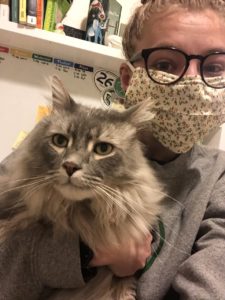
Tracy Nelson, director of the ColoradoSPH at CSU, and Molly Gutilla, who is an assistant professor of epidemiology, along with two other researchers at CSU, have also been involved in the Larimer County COVID-19 response by serving on the Research & Modeling Group at the Emergency Operation Center. They have been providing their epidemiological perspectives by analyzing local, state and national data; providing input on public messaging; and offering guidance on protocols for local testing. They have also assisted in the translation of data into information that can be shared and easily digested by the public.
“The local response to the pandemic has truly been a team effort, and as a result of this teamwork, public communication has been strengthened, our local understanding of the epidemiology of the disease has increased, and testing is much more available in the county,” Gutilla said.
Takeaways from the experience
The students agreed that studying public health in the midst of a global pandemic has been very interesting, and they have been inspired and impressed with the response from the ColoradoSPH.
“Our professors and students have really stepped up during a time of uncertainty, and it is obvious how passionate this group of people is about protecting and improving the health of people in our communities,” Gallagher said. “Although the classroom setting is very different now, our professors have still committed to providing us an excellent education while wearing many hats in their professional lives as well.”
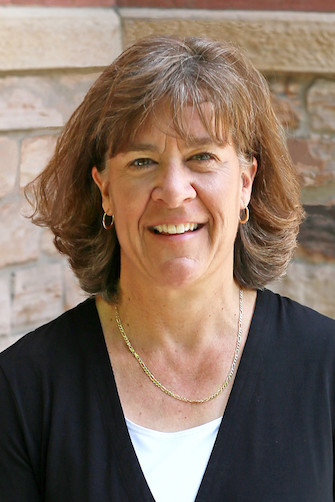
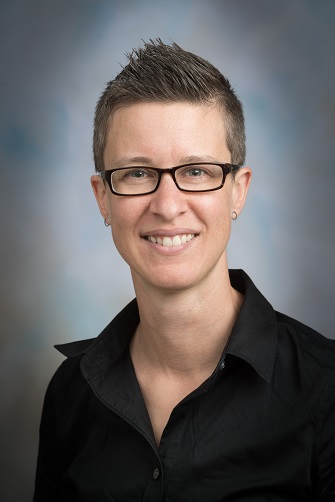
For Loh, volunteering through this pandemic has confirmed to her that she chose the right career path and that she is truly passionate about public health. She feels that this experience has been a great opportunity to use her public health education and is thankful for her own health through all of it.
“I felt that I needed to help in any way possible, and doing this work has made me appreciate my own health and realize that I should not take the health of my family, friends, or myself for granted,” she said.
The COVID-19 pandemic will no doubt have a lasting impact on the world, and it has been the ultimate practice-based learning opportunity for ColoradoSPH students. The students say they will enter the public health field with a distinctive and important skill set and will be better prepared for future public health emergencies.
“Larimer County has a great health department with great leaders,” Morris said. “It’s been interesting to see the formation of a policy idea, how to best implement it, and the community response. I feel confident that I could jump in to help if a pandemic like this were to ever occur again.”